We dedicate the month of August to the greatest legends of game design: the first date is none other than the legendary Shigeru Miyamoto
Just as the most experienced youtubers do, also in our case we allowed ourselves to prepare some content in advance for the month of August: hence the idea of dedicating two appointments a week to the greatest oriental masters of game designstarting from Shigeru Miyamoto. What can we say about the father of Super Mario, The Legend of Zelda, the Pikmin saga and many other Nintendo IPs that hasn’t already been said? In reality, this article (with an essential subject) will lead the way to other specials with less “obvious” figures, but the idea behind this column is to remain between pure biographical documentation and game design analysis that it follows. Because who, better than Miyamoto, exemplifies the ability to pour yourself in your works?
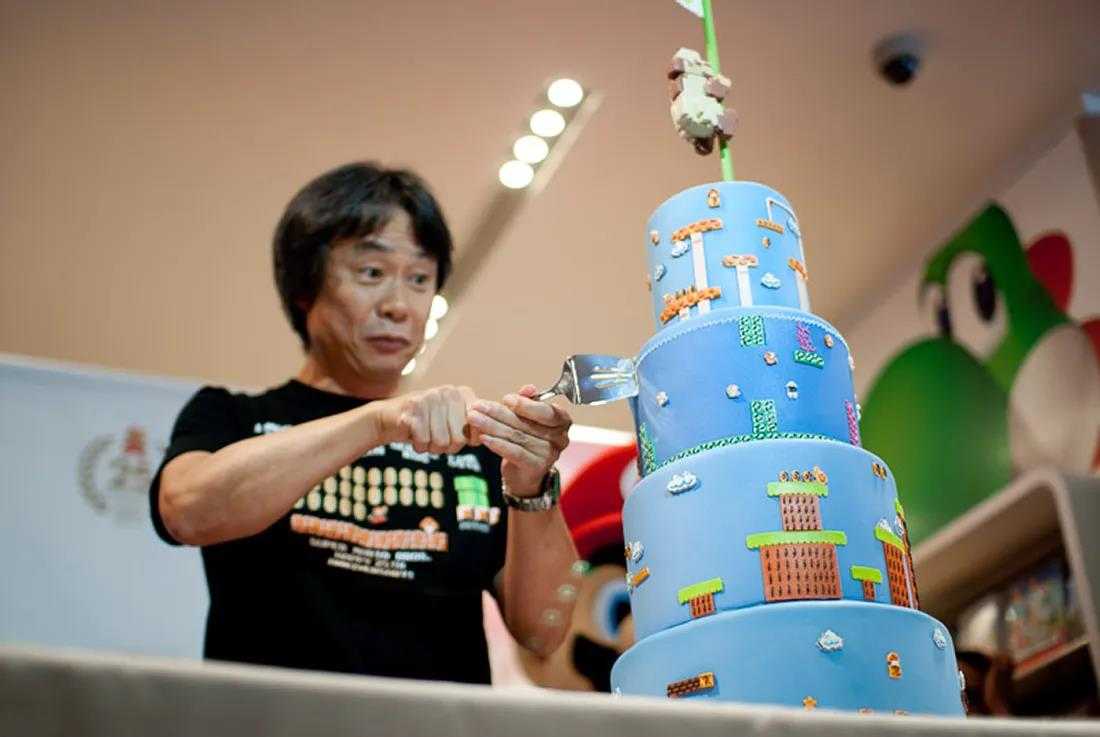
Youth in Pills | In game design school with Shigeru Miyamoto
Like all great masters of game design, Shigeru Miyamoto predates the gaming industry as one of its foremost pioneers. Born on November 16, 1952 from a middle-class family, young Shigeru learns English from his father. In his native Sonobe, today a hamlet of Nantan near Kyoto, he immediately developed a sense of adventure: the exploration of the rural environment, when he was still a boy, was the basis for the first The Legend of Zelda. After graduating from Kanazawa art college, Miyamoto dreams of a career as a mangaka. Then, the success of Space Invaders in 1978 changes everything: a love at first sight, although in the seventies the Big N was only involved in toys. Luckily his father, thanks to a mutual friend, gave him an interview with Hiroshi Yamauchi!

Art that imitates art | In game design school with Shigeru Miyamoto
The passion for drawing (also evident in Miyamoto’s autograph, in which the last three letters take the form of two half-closed eyes with a long nose in the middle) was exploited for the drawings on the cabinet of Sheriff. Then, in 1980, the turning point: the conversion of unused hardware for Radar Scope, with Gunpei Yokoi supervising everything, into an original project. However, the rights to Popeye weren’t something King Features Syndicate would give lightly, which is why the love triangle would see Monkey Kong, then crippled into Donkey (donkey), the damsel to be saved Lady (later Pauline) and Jumpman, the hero (later to become Mario). The rest is history.
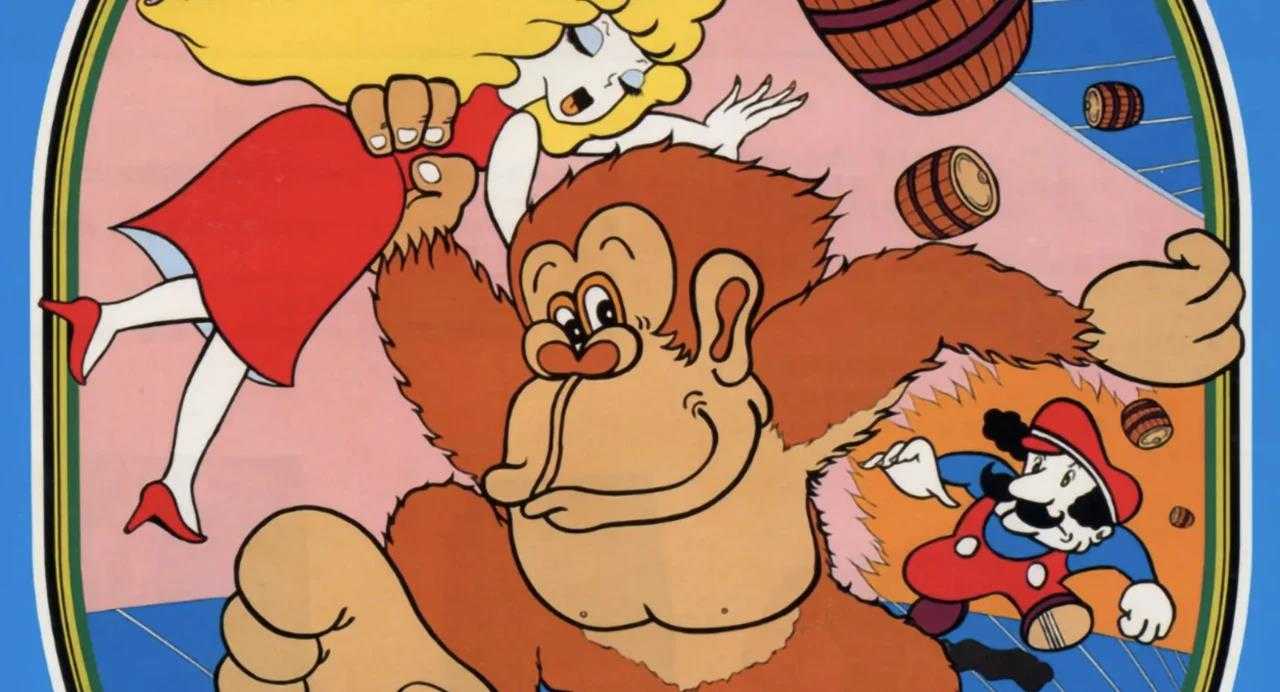
Bucolic Approach | In game design school with Shigeru Miyamoto
Nowadays we remember Miyamoto’s input as a source of dictate for many games, such as the Metroid Prime goggles (“What if Samus saw the world as an insect?”) or Donkey Kong’s breath in Country Returns and Country Tropical Freeze. In fact, it is easy to forget how much the experiences of the game designer as a kid still shape his philosophy in designing a video game. Of course, with the various gimmicks of the consoles from Wii and 3DS onwards, porting the various titles from one hardware to another becomes more and more of a nightmare. But we must not forget thebucolic naivety of those who, for example, in recalling the nightmare of having to travel a certain way to get home from school, incurring the wrath of a dog tied with a chain just enough not to bite his face, came out years later with the deadbolt.
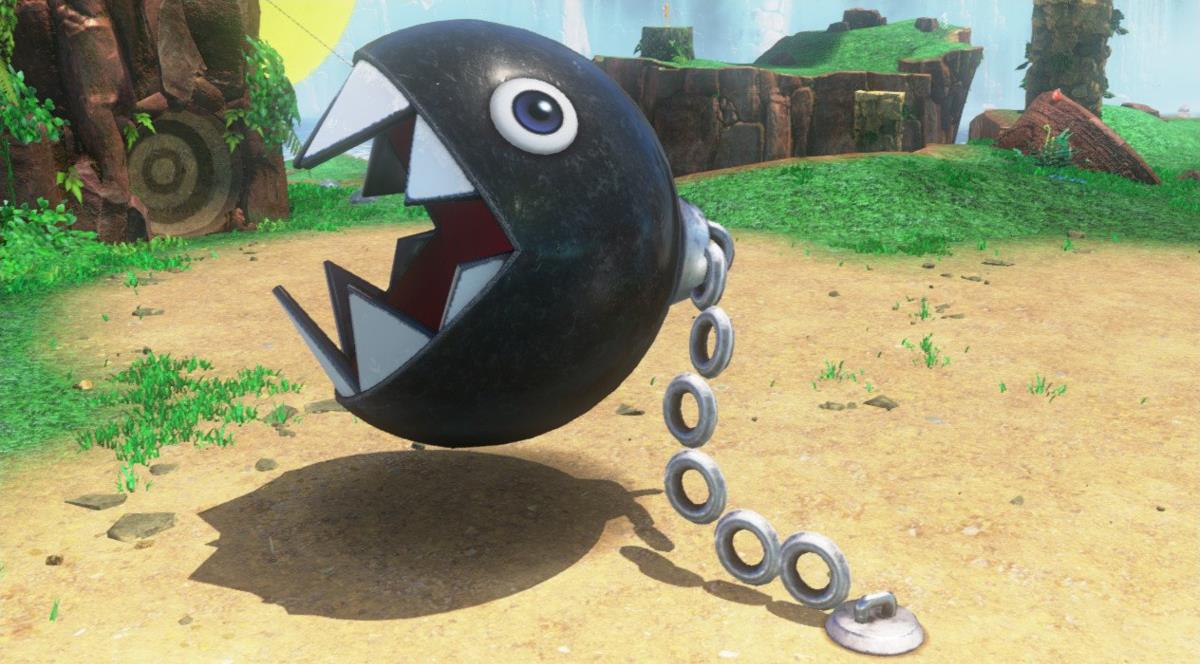
Passion & passions | In game design school with Shigeru Miyamoto
Thinking about it, the inventiveness with which this game designer has exposed himself in his works is truly improbable. As a new Adriano Celentano of the East, Miyamoto has taken his own nostalgia for country life to tell again and again. His love for animals, to give a couple of examples, has given us Nintendogs and, more recently, Occin in Pikmin 4. This last saga, then, was born simply from the hobby of gardening: observing beings among leaves, with the lenses of the imagination, has evolved into a microcosm as suited to videogame canons as it is suitable for good Shigeru’s other love. Animation has always fascinated him, and after the success of his parents short films dedicated to the Pikmin on 3DS, it was impossible that it didn’t put his throat.
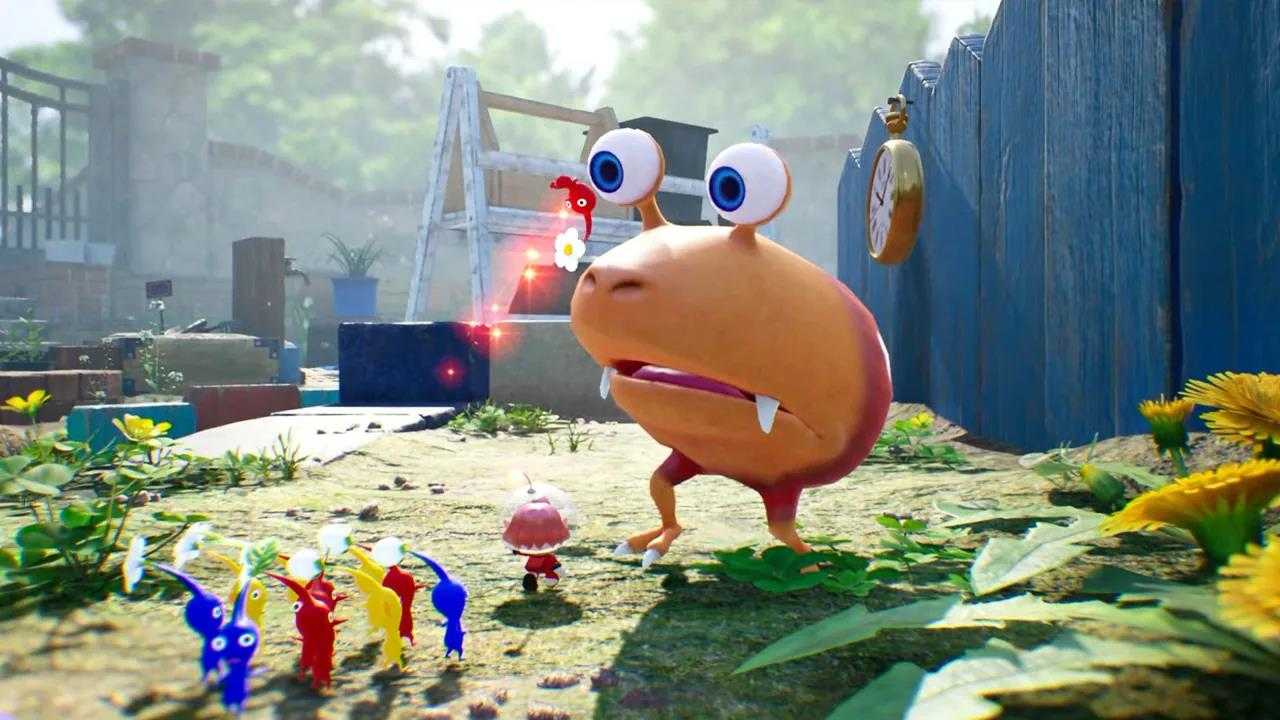
Mustache on the big screen | In game design school with Shigeru Miyamoto
What did the late Jumpman owe his handlebar mustaches to? Looking at the illustrations from the circus poster on the Donkey Kong cabinet, we are reminded of a “come, come” with which the carousels do their utmost to show us the classic strongest man in the world. Actually, the hardware needs they made a mouth impracticable at the time, easier to obscure with a little fluff. Yet it is impossible to imagine Mario without his (now less tacky) moustache, to such an extent that of the two brothers it was the one in red who grew them for the 1993 film: the late Bob Hoskins did his best to save a project towards which hardly anyone, not even Nintendo itself, felt anything. Miyamoto, ironically, appreciates the pragmatism of the feature film: strange, therefore, to see today at Cinema a work much more faithful to the games, at his own request.
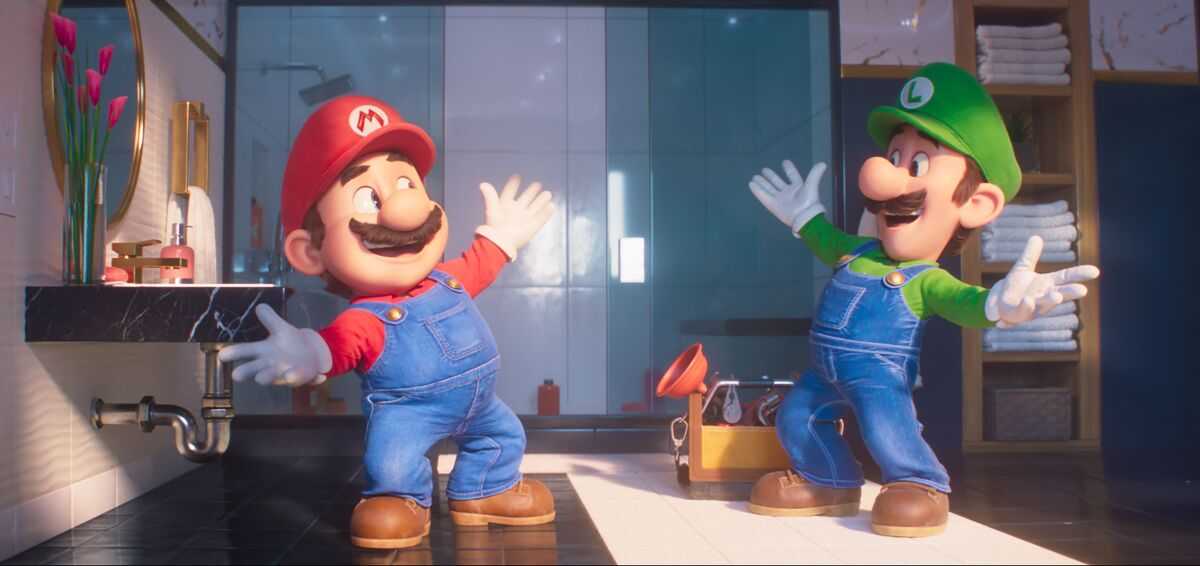
Kyokan | A scuola di game design con Shigeru Miyamoto
To the Venetians listening: no, it’s not a curse, but a typically Japanese concept of empathy which Miyamoto strives for in the creation of each game. Positioning yourself as the equivalent of the now indispensable “audience champion” in the entertainment sector is a gamble, but Nintendo rarely loses this kind of bet when Shigeru does it for her. Ipse dixit: he himself declared in 1992 that it’s not the story that makes the game, but the fun. Not surprisingly, with the exception of Dragon Quest, Final Fantasy and MOTHER, Miyamoto tends not to digest RPGs. In the modern world, between microtransactions and teraflops, the kyokan it is perhaps an old-fashioned concept. But quoting Phil Coulson in The Avengers, people still need something “old fashioned”.
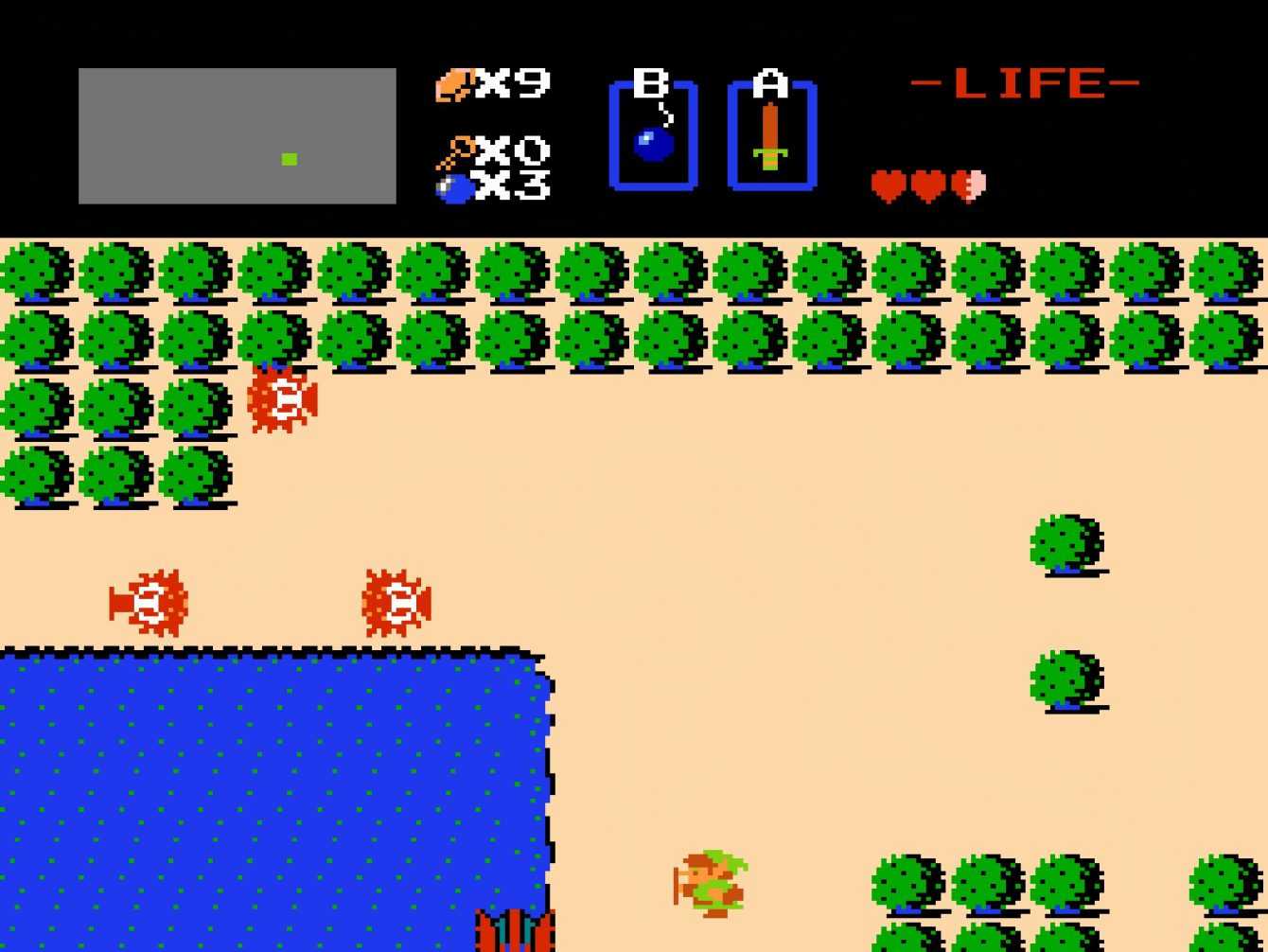
“The X of Y” | In game design school with Shigeru Miyamoto
Miyamoto has been called many things. For the Time, he is “the Spielberg of videogames” (ironically the two met, below). We, for our part, would gladly raise the bar by calling it the Walter Elias Disney videogame. Of course, not literally: the multimedia partnership is with Universal, but when a game designer intends to apply his kyokan philosophy to the design of an amusement park like the Super Nintendo World, to translate the sensations of a good Mario on a 1:1 scale, the terms of comparison are those. As loud as they are. They also called Disney crazy, when in 1937 he wanted to make Snow White an entire animated feature film; likewise, the Big N showed no signs of sanity, even disguising ROB in a bundle for the NES after the industry collapsed in 1983. And we all know how that turned out…
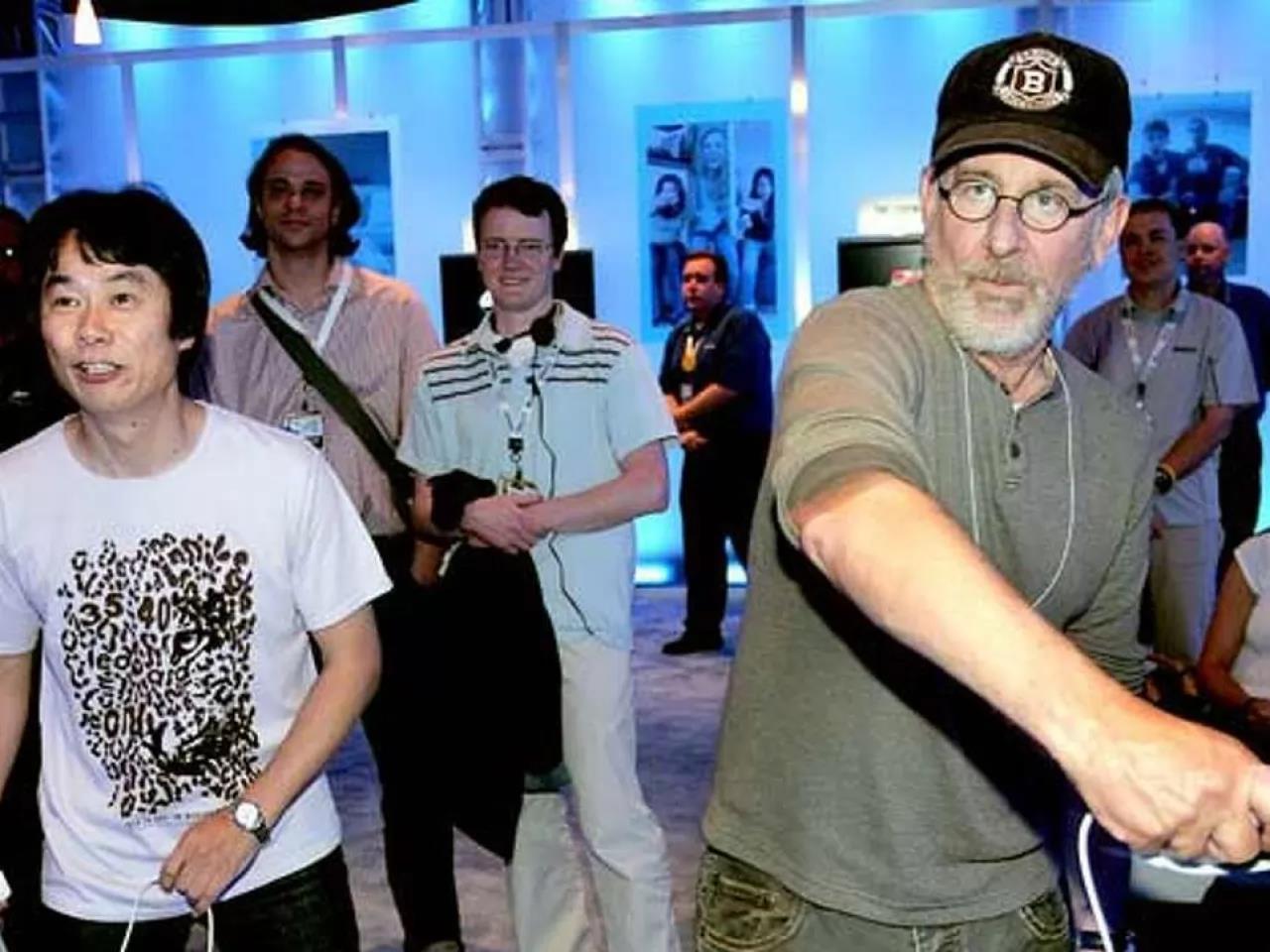
Hobbies & Work | In game design school with Shigeru Miyamoto
In the workplace we are asked to define our personality with a hobby, and contrary to other game designers (such as Masahiro Sakurai, who to no one’s surprise we’ll talk about later this month) video games are not among Miyamoto’s passions. Rather, Shigeru much prefers to spend his free time as passionate about stringed instruments. He especially loves the guitar, mandolin and banjo. So it’s no wonder she has a soft spot for bluegrass music. It was his wife who introduced him to gardening, while his Shetland Scottish sheepdog inspired him to create Nintendogs. Among his interests there is also feng shui. In short, a multifaceted figure, demonstrating the cultural vastness that thanks to the kyokan he has included in his creations. All titles developed by the player, rather than by the technician.
“Are video games bad for you? They said the same about rock and roll!”
Shigeru Miyamoto has several aphorisms that have entered the history of game design, but we wanted to start our conclusion with this one. Despite the success of Mario’s film already promising to further clear video games as Marvel Studios (and Nolan’s trilogy before them) did with comics, video game phobia still has its avid supporters in Italy. The situation seems to be veering towards a welcome change with the intention of ennobling the game and player in our land directly from Parliament itself, but it will already be a necessary first step in a direction that we should have taken for years. The past three since 2019 would be enough, when Miyamoto was the bunka kōrōsha (“Person of cultural merit”) in Japan, but seventeen have passed since he entered as Knight in the Order of Arts and Letters in France, in that distant 2006.
Now it’s up to you to tell us yours: who do you think will be the second protagonist, hidden in that box where it is? You will know the day after tomorrow. In the meantime though tell us yours below, and as always, don’t forget to stay on techgameworld.com for all the most important news for gamers and more. For your purely gaming needs, you can instead find the best discounts in digital format on Kinguin.







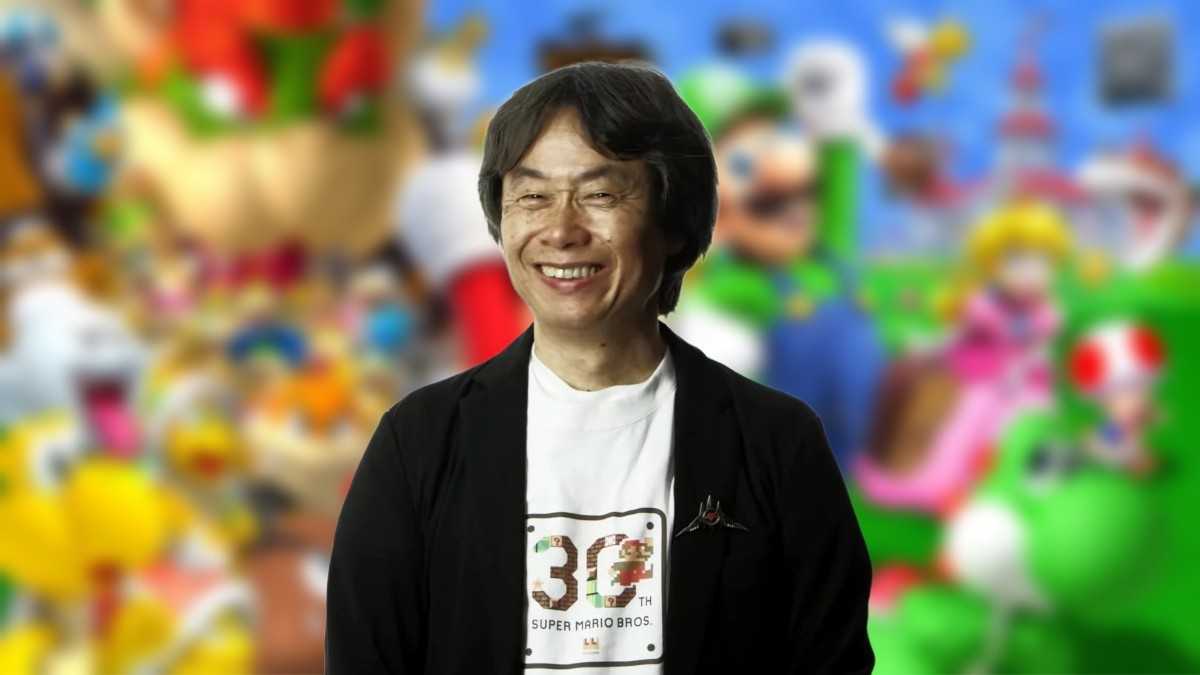





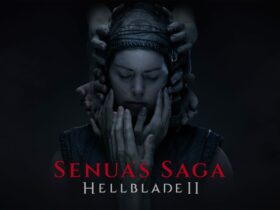

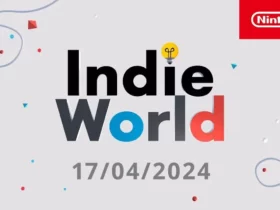
Leave a Reply
View Comments